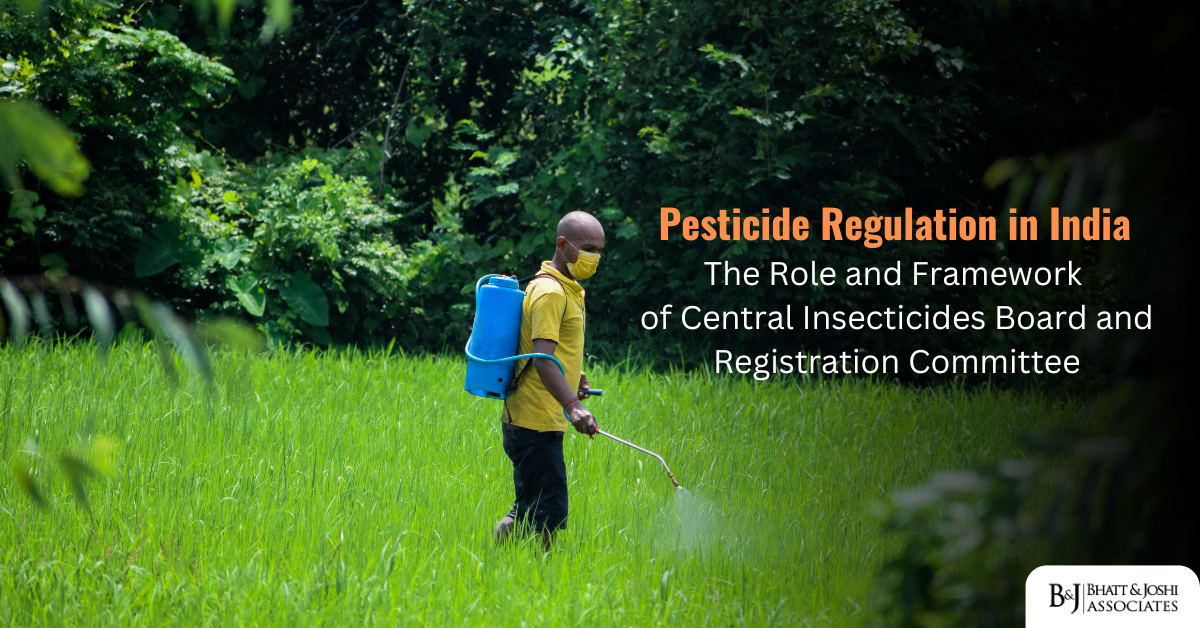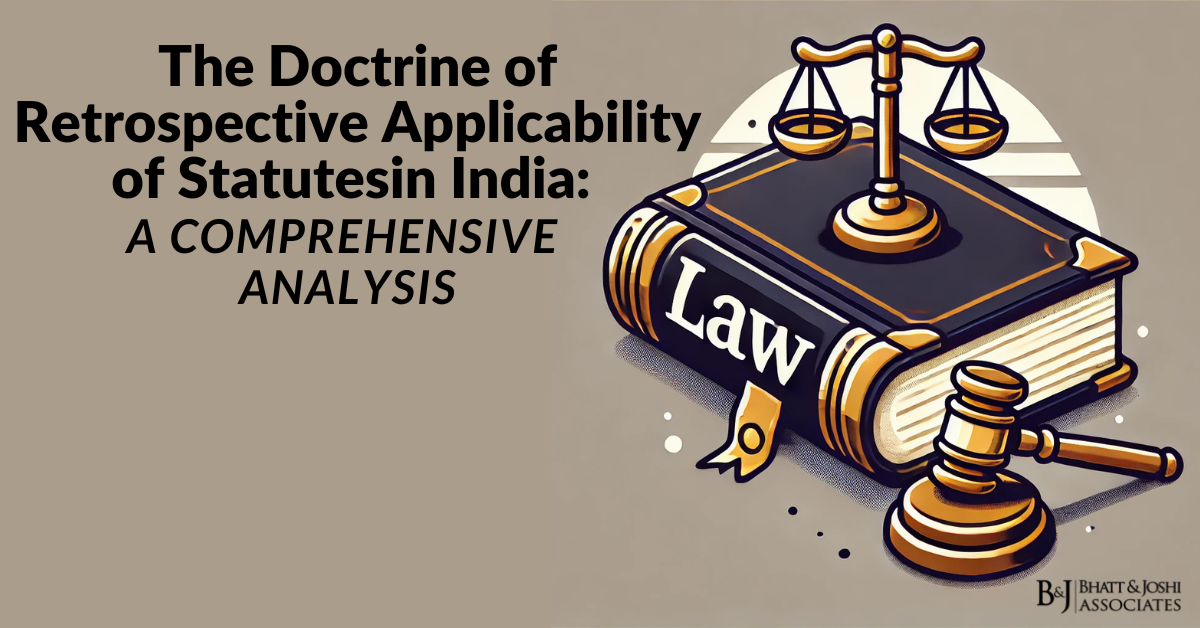Introduction
The regulation of pesticides in India represents a critical aspect of agricultural, environmental, and public health policy. The Central Insecticides Board and Registration Committee (CIB&RC) serves as the apex body responsible for pesticide regulation in India, operating under the Ministry of Agriculture and Farmers Welfare. This comprehensive regulatory framework aims to ensure the safe and effective use of pesticides while protecting human health and the environment. The establishment of these regulatory bodies stems from the recognition of both the essential role of pesticides in modern agriculture and their potential risks to human health and ecological systems.
The regulatory framework has evolved significantly since its inception, adapting to changing agricultural practices, technological advancements, and growing environmental concerns. This evolution reflects India’s commitment to maintaining a balance between agricultural productivity and safety considerations. The current system encompasses various aspects of pesticide management, from registration and licensing to monitoring and enforcement, creating a comprehensive approach to pesticide regulation.
Historical Evolution of Pesticide Regulation in India
The history of pesticide regulation in India dates back to the post-independence period when the country was focusing on achieving food security. The initial framework was relatively basic, primarily focusing on the quality control of available pesticides. However, the increasing use of pesticides in agriculture and the emergence of associated problems led to the recognition of the need for a more comprehensive regulatory system.
The 1960s marked a significant turning point with the enactment of the Insecticides Act, 1968. This legislation emerged from the growing awareness of the potential hazards of pesticides and the need to regulate their import, manufacture, sale, transport, distribution, and use. The Act laid the foundation for the establishment of the Central Insecticides Board and the Registration Committee, creating a structured approach to pesticide regulation.
Prior to this legislation, pesticide regulation was fragmented and largely handled at the state level, leading to inconsistencies in standards and enforcement. The establishment of a central regulatory framework brought uniformity and coordination to pesticide regulation across the country. This centralized approach has been crucial in ensuring standardized quality control and safety measures throughout India.
Legal Framework and Regulatory Provisions in Pesticide Regulation in India
The Insecticides Act, 1968
The Insecticides Act, 1968, serves as the primary legislation governing pesticide regulation in India. The Act provides comprehensive provisions for regulating the import, manufacture, sale, transport, distribution, and use of insecticides. It establishes the legal basis for the creation of the Central Insecticides Board and the Registration Committee, defining their powers, functions, and responsibilities.
The Act contains detailed provisions regarding the registration process for pesticides, including requirements for data submission, testing procedures, and quality standards. It also outlines the penalties for violations and empowers authorities to take necessary action against non-compliance. The Act has been amended several times to address emerging challenges and incorporate new requirements.
The Insecticides Rules, 1971
The Insecticides Rules, 1971, complement the Act by providing detailed guidelines for its implementation. These rules elaborate on various aspects such as the registration process, licensing requirements, packaging and labeling standards, and safety precautions. The rules also specify the qualifications required for pesticide analysts and licensing officers, ensuring professional competence in regulatory implementation.
The rules have been periodically updated to incorporate new scientific developments and regulatory requirements. They provide specific guidelines for different categories of pesticides, including requirements for bio-efficacy data, toxicology studies, and environmental impact assessments. The rules also detail the procedures for sampling, testing, and quality control of pesticides.
Recent Amendments and Updates
Recent amendments to the regulatory framework have focused on strengthening safety measures, improving transparency, and aligning with international standards. These updates reflect changing agricultural practices, technological advancements, and growing environmental concerns. Notable changes include stricter requirements for registration, enhanced safety standards, and improved monitoring mechanisms.
The framework has also been updated to address emerging issues such as the regulation of bio-pesticides, nano-formulations, and combination products. These amendments demonstrate the dynamic nature of pesticide regulation and its ability to adapt to evolving challenges and requirements.
Central Insecticides Board: Structure and Functions
Composition and Appointments
The Central Insecticides Board comprises experts from various fields, including agriculture, chemistry, toxicology, and environmental science. Members are appointed by the central government and include representatives from different ministries and departments. The Board’s composition ensures comprehensive expertise in evaluating pesticide-related matters.
The Chairman of the Board is typically a senior official with extensive experience in agriculture and pesticide regulation. The diverse composition of the Board enables it to consider multiple perspectives when making decisions and formulating policies. This multidisciplinary approach ensures balanced decision-making in pesticide regulation.
Powers and Responsibilities
The Board’s primary responsibilities include advising the central and state governments on technical matters related to pesticide regulation. It plays a crucial role in recommending safety measures, establishing quality standards, and providing guidance on pesticide use. The Board also reviews and recommends changes to the regulatory framework based on emerging needs and challenges.
Other key responsibilities include coordinating with state governments, promoting research in pesticide science, and establishing guidelines for pesticide testing and analysis. The Board also plays a vital role in harmonizing Indian pesticide regulations with international standards and practices.
Advisory Role and Policy Making
The Board serves as the primary technical advisory body on matters related to pesticide regulation. It provides expert opinions on various aspects, including new pesticide technologies, safety measures, and environmental protection. The Board’s recommendations form the basis for policy decisions and regulatory updates.
In its advisory capacity, the Board also considers international developments in pesticide regulation and their relevance to the Indian context. This includes evaluating new research findings, technological advancements, and global regulatory trends to ensure that Indian regulations remain current and effective.
Registration Committee: Organization and Operations
Constitution and Membership
The Registration Committee consists of experts specifically focused on the technical evaluation of pesticide registration applications. Members are selected based on their expertise in areas such as chemistry, toxicology, and agricultural sciences. The Committee’s composition ensures thorough technical assessment of pesticide products.
The Committee operates under the chairmanship of a technical expert and includes representatives from various scientific disciplines. This diverse expertise enables comprehensive evaluation of pesticide products from multiple perspectives, ensuring thorough assessment of safety and efficacy.
Registration Process and Procedures
The registration process involves detailed evaluation of pesticide products, including assessment of chemical composition, efficacy, safety, and environmental impact. The Committee follows established procedures for reviewing applications, conducting technical assessments, and making registration decisions.
The process includes requirements for data submission, laboratory testing, field trials, and safety assessments. The Committee also considers factors such as the need for the pesticide, its potential benefits, and possible risks before granting registration.
Technical Assessment Mechanisms
The Committee employs various technical assessment mechanisms to evaluate pesticide products. This includes review of scientific data, laboratory test results, and field trial reports. The assessment process also considers international studies and regulatory decisions from other countries.
Technical assessments cover aspects such as chemical composition, toxicological properties, environmental fate, and efficacy under Indian conditions. The Committee may also require additional studies or data based on specific concerns or requirements.
Regulatory Processes and Mechanisms for Pesticide Management
Registration Categories
The regulatory framework provides for different categories of registration based on the nature and intended use of pesticides. These categories include provisional registration, regular registration, and special registration for specific purposes. Each category has specific requirements and conditions that must be met.
The framework also includes provisions for emergency registration in cases where immediate pest control measures are necessary. Different registration categories ensure appropriate evaluation and control based on the specific characteristics and uses of pesticides.
Data Requirements and Assessment
Comprehensive data requirements exist for pesticide registration, including information on chemical composition, toxicology, environmental impact, and efficacy. The assessment process involves evaluation of this data to ensure that pesticides meet required safety and efficacy standards.
Data requirements also include studies on residues, environmental fate, and impact on non-target organisms. The assessment process considers both laboratory studies and field trials under Indian conditions.
Quality Control Measures
Strict quality control measures are implemented throughout the lifecycle of pesticide products. This includes requirements for manufacturing processes, testing procedures, and quality specifications. Regular monitoring and testing ensure compliance with established standards.
Quality control measures extend to packaging, labeling, and storage requirements. The framework also includes provisions for periodic quality checks and market surveillance to ensure continued compliance.
Regulations on Pesticide Import and Manufacturing
Import Permissions and Controls
The import of pesticides is strictly regulated through a system of permits and controls. Importers must obtain necessary approvals and comply with specific requirements regarding quality, packaging, and labeling. The framework includes provisions for inspection and testing of imported pesticides.
Import regulations also address issues such as documentation requirements, customs clearance procedures, and post-import quality checks. These measures ensure that imported pesticides meet Indian standards and requirements.
Manufacturing License Requirements
Manufacturing licenses are issued based on specific criteria including technical competence, facilities, and quality control systems. Manufacturers must comply with Good Manufacturing Practice (GMP) guidelines and maintain appropriate records and documentation.
License requirements include specifications for manufacturing facilities, quality control laboratories, and technical personnel. Regular inspections ensure compliance with manufacturing standards and conditions.
Quality Standards and Specifications
Detailed quality standards and specifications exist for different types of pesticides. These standards cover aspects such as active ingredient content, physical properties, and impurity limits. Manufacturers must ensure compliance with these specifications through appropriate quality control measures.
Standards are regularly updated to reflect technological advancements and new safety requirements. Compliance with these standards is monitored through regular testing and inspection programs.
Environmental Impact and Safety Assessment Protocols
Environmental Impact Assessment
Environmental impact assessment is a crucial component of pesticide regulation. This includes evaluation of potential effects on soil, water, air quality, and biodiversity. The framework requires specific studies and data on environmental fate and ecotoxicology.
Assessment procedures consider factors such as persistence in the environment, bioaccumulation potential, and impact on non-target organisms. These assessments inform decisions regarding registration and use restrictions.
Safety Guidelines and Protocols
Comprehensive safety guidelines exist for handling, storage, and application of pesticides. These guidelines cover aspects such as protective equipment, safe disposal methods, and emergency procedures. Regular updates ensure that safety measures reflect current best practices.
Safety protocols also address specific requirements for different categories of pesticides and various application methods. Training and awareness programs support implementation of safety guidelines.
Risk Assessment Framework
A structured risk assessment framework evaluates potential risks to human health and the environment. This includes assessment of acute and chronic toxicity, exposure patterns, and mitigation measures. Risk assessments inform regulatory decisions and safety requirements.
The framework considers various exposure scenarios and population groups, including agricultural workers, consumers, and vulnerable populations. Risk assessment procedures are regularly updated based on new scientific information and methodologies.
Monitoring, Inspection, and Enforcement of Pesticide Regulations
Inspection and Sampling
Regular inspections are conducted to ensure compliance with regulatory requirements. This includes facility inspections, market surveillance, and sample collection for quality testing. Inspection procedures follow established protocols and guidelines.
Sampling procedures ensure representative samples for testing and analysis. The framework includes provisions for documentation and chain of custody requirements for samples.
Testing Facilities and Procedures
Authorized testing facilities conduct analysis of pesticide samples following standardized procedures. These facilities must meet specific requirements regarding equipment, personnel, and quality systems. Regular audits ensure maintenance of testing standards.
Testing procedures cover various parameters including active ingredient content, physical properties, and impurities. Results from these tests form the basis for regulatory actions and enforcement measures.
Penalties and Compliance Measures
The regulatory framework includes provisions for penalties and enforcement actions in cases of non-compliance. This includes suspension or cancellation of licenses, monetary penalties, and legal action where necessary. Enforcement measures aim to ensure compliance and deter violations.
Compliance monitoring includes regular reporting requirements, inspections, and quality checks. The framework also provides for appeals and review procedures in enforcement cases.
Recent Advancements and Future Prospects in Pesticide Regulation in India
Proposed Pesticide Management Bill
The proposed Pesticide Management Bill aims to replace the existing Insecticides Act with a more comprehensive regulatory framework. The bill includes provisions for strengthening registration requirements, enhancing safety measures, and improving enforcement mechanisms.
Key features of the proposed bill include stricter penalties for violations, provisions for compensation in case of damage, and improved mechanisms for pesticide quality control. The bill also addresses emerging issues such as regulation of bio-pesticides and new technologies.
International Compliance and Harmonization
Efforts are ongoing to harmonize Indian pesticide regulations with international standards. This includes alignment with guidelines from organizations such as FAO and WHO. Harmonization efforts aim to facilitate international trade while maintaining appropriate safety standards.
International cooperation includes information sharing, technical collaboration, and participation in global initiatives for pesticide regulation. These efforts contribute to improving regulatory standards and practices.
Emerging Challenges and Solutions
The regulatory framework continues to evolve in response to emerging challenges such as pest resistance, environmental concerns, and new pesticide technologies. Solutions include adoption of integrated pest management approaches, promotion of bio-pesticides, and development of safer alternatives.
Future developments may include enhanced use of technology for monitoring and enforcement, improved data management systems, and stronger mechanisms for stakeholder participation in regulatory processes. These developments aim to strengthen the effectiveness and efficiency of pesticide regulation in India.














